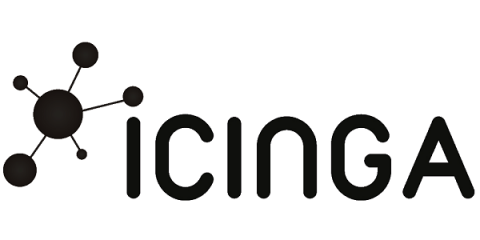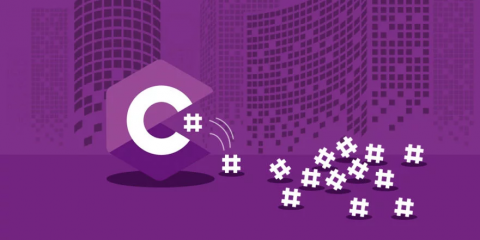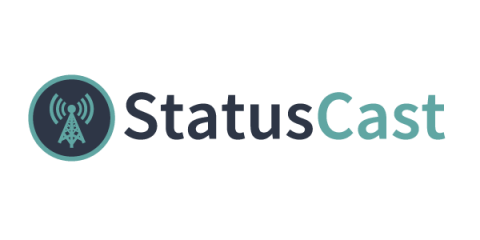Operations | Monitoring | ITSM | DevOps | Cloud
%term
Five worthy reads: Augmented analytics paves the way
Five worthy reads is a regular column on five noteworthy items we’ve discovered while researching trending and timeless topics. This week, we look at the rise of augmented analytics and how it tackles the ever growing need for intelligent, data-driven insights.
About Mattermost
Mattermost security update 5.7.1/5.6.4/5.5.3/4.10.6 (ESR) released
We are releasing a recommended security update via Mattermost Team Edition 5.7.1, 5.6.4, 5.5.3 and 4.10.6 (ESR) and Mattermost Enterprise Edition 5.7.1, 5.6.4, 5.5.3 and 4.10.6 (ESR). This security update addresses a high-level vulnerability discovered during a security research review by Rohitesh Gupta.
How Full Cycle Developers Can Avoid the 'Fog of Development'
As systems and platforms grow ever more complex and distributed, software developers must never stop learning. Still, they’re going to need a little help from AIOps.
Monthly Snap January: New Website, Community Discourse & Icinga Tour 2019
January brought us many new things for 2019. There’s more to come in our 10th year.
Introducing The PagerDuty Postmortem Guide
Your team had been fighting this major incident for hours, but your investigation was hitting one dead end after another. Finally, you managed to isolate the problem and your graphs started to improve. When all systems went back to normal, everyone let out a collective sigh of relief, shut down the response call, and went back to bed, never to think of this incident again. Or so you thought.
C# Garbage Collection Tutorial
Garbage collection is a key component of many modern programming languages, including C#. It’s even hard to imagine what programming would look like in C#, and other modern languages like Java, Ruby, and many others, without this tool.
A How-To Guide To SLAs (Service Level Agreements), Best Practices, And Why They Are So Important To Customers
You’ve heard it so many times: Transparent communication is the key to any successful relationship. The banking industry learned this lesson when cyber attacks began to plague their customers, and the official line for many financial institutions was to deny there was a problem. That is until the hacks became so profound and so persistent that it became impossible to cover them up any longer.
Leveraging Service Accounts for Label-based Security
One of the key Kubernetes security concepts is that workload identity is tied back to information that the orchestrator has. The orchestrator is actually the authoritative entity for what the actual workloads are in the platform. Kubernetes uses labels to select objects and to identify collections of objects that satisfy certain conditions. We, and others in the Kubernetes networking space, often talk about using Kubernetes ‘labels’ as identity bearers.











